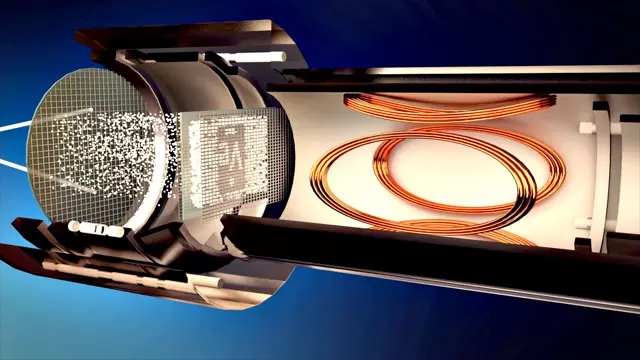2019-03-29
[public] 2.79M views, 149K likes, 1.13K dislikes audio only
4KI always wanted to know why film looked better than video. Moving electronic images have as long a history but were invented for a different purpose. This video was sponsored by B&H Photo: https://www.bhphotovideo.com
Huge thanks to:
Richard Diehl, Video Labguy https://www.youtube.com/user/videolabguy
Branch Education for awesome animations
Minutephysics for mechanical TV animations
https://www.youtube.com/minutephysics
Mark Schubin
Engineer and explainer, SMPTE Life Fellow
This is a video I've long wanted to make, about what makes video look like video and, up until 10 years ago or so, not as appealing as film. I grew up with the two technologies (film and video) in parallel and to me they always seemed like two ways of achieving the same ends: recording and replaying moving images. But their histories are quite distinct. Film was always a way to capture moving images for later replaying. Video started out as a way to transfer images from one place to another instantaneously. This dates back to the first fax machine, mechanical TV, live broadcast tv and ultimately videotapes. This history focuses on the early decades of video and not the more recent switches to chip cameras and solid state storage. Maybe that's a story for another day.
Additional resources and references:
The Dawn of Tape: Transmission Device as Preservation Medium
What Sparked Video Research in 1877? The Overlooked Role of the Siemens Artificial Eye
Video Preservation Website:
http://videopreservation.conservation-us.org
Image Orthicon Tube:
http://interiorcommunicationselectrician.tpub.com/14120/141200335.htm
Film vs Digital
https://stephenfollows.com/film-vs-digital/
Eyes of a Generation:
Television in the US:
http://www3.northern.edu/wild/th100/tv.htm
Music from https://www.epidemicsound.com "Seaweed" "Capture a Picture 1" "Colorful Animation 4"
/youtube/video/rjDX5ItsOnQ?t=66.369003
/youtube/video/rjDX5ItsOnQ?t=142.53999
/youtube/video/rjDX5ItsOnQ?t=228.91
/youtube/video/rjDX5ItsOnQ?t=351.37
/youtube/channel/UCHnyfMqiRRG1u-2MsSQLbXA
/youtube/video/rmxh8Nty_eo

